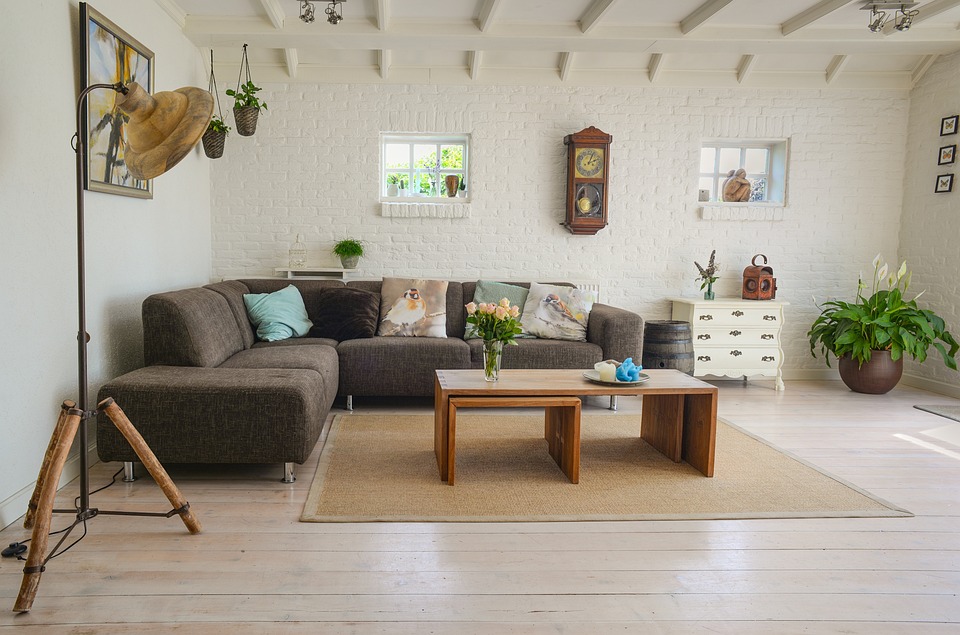
The use of color in interior design has a profound impact on our emotions and perceptions. This is especially true when it comes to furniture, as it plays a crucial role in setting the mood and ambiance of a space. Every color has a unique psychological effect on us, evoking different emotions and influencing our overall experience in a room. Understanding the psychology of colors can help you choose the right palette for your furniture, creating a space that reflects your desired atmosphere.
Let’s explore some of the most common colors used in furniture and their psychological effects.
1. Blue: Often associated with calmness and serenity, blue has a soothing effect on our minds. It can promote relaxation and reduce stress, making it an ideal choice for bedrooms and living rooms. Lighter shades of blue can create a sense of tranquility, while darker shades can add depth and sophistication.
2. Green: Considered the color of nature, green symbolizes growth, harmony, and renewal. It has a calming effect on our eyes and helps create a sense of balance and freshness. Green is ideal for spaces where you want to instill a feeling of relaxation and connection to the outdoors, such as living rooms and home offices.
3. Red: A bold and energetic color, red evokes strong emotions and stimulates our senses. It can symbolize passion, power, and excitement. Red furniture can add a dramatic and energetic touch to a space, making it a suitable choice for dining rooms or areas where social interaction takes place.
4. Yellow: The color of sunshine, yellow is known to evoke feelings of happiness, optimism, and warmth. It can create a sense of cheerfulness and energy in a space. Yellow furniture works well in rooms where you want to promote positivity and creativity, such as playrooms or home offices.
5. Gray: A neutral and versatile color, gray is often associated with sophistication, elegance, and stability. It can create a sense of calmness and neutrality, making it a popular choice for modern and minimalist designs. It also serves as an excellent backdrop, allowing other colors and elements in the room to stand out.
6. Brown: Symbolizing strength, stability, and connection to nature, brown is commonly associated with earthy tones. It creates a warm and cozy atmosphere, making it an excellent choice for living rooms or spaces where you want to promote comfort and relaxation.
When selecting a color palette for your furniture, it’s important to consider the purpose of the space and the desired emotional response. Combining different colors can create a harmonious and balanced atmosphere, while contrasting colors can add excitement and interest.
It’s also worth mentioning that personal preferences and cultural influences play a significant role in color psychology. What one person finds relaxing, another may find stimulating. Therefore, it’s essential to choose colors that resonate with you and your unique style.
In conclusion, the psychology of colors in furniture is a powerful tool that can transform any space. Whether you’re aiming for a calm and serene environment or an energetic and vibrant atmosphere, understanding the effects of colors can help you choose the right furniture palette for your space. Use this knowledge to create a home that not only looks beautiful but also supports your emotional well-being.